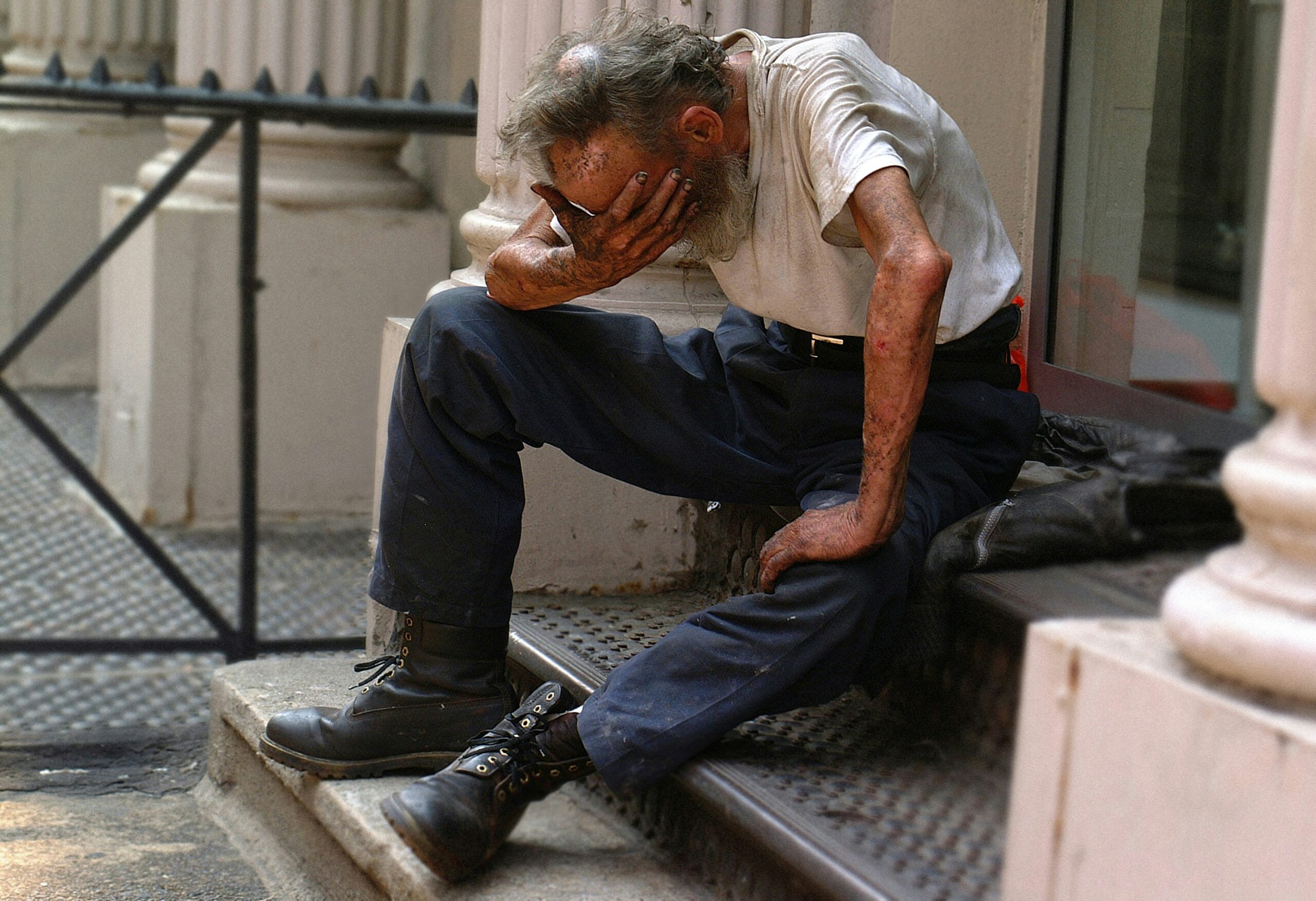
A balanced approach to homelessness and mental illness

President Trump’s executive order on reinstitutionalizing the homeless mentally ill could move the debate in the right direction but, as always, the devil is in the details and implementation.
Last week, the president called for shifting some people experiencing homelessness to “long-term” institutions where they can receive “humane treatment.” The president’s order also requires officials to determine if federal resources can be used to ensure that those “with serious mental illness” are not released back into the public because government facilities lack enough beds to hold them.
In a study I wrote for FREOPP last year, I pointed out that the homeless population falls into two distinct categories. Many—perhaps most—homeless people have fallen to the streets because they are unable to afford housing or are suffering from a temporary life crisis. These individuals can best be served by the provision of temporary shelter and a broad deregulatory policy to reduce the cost of housing. Numerous studies show a relationship between rising housing costs and the rate of homelessness. For instance, a 2017 study by Kevin Corinth of the American Enterprise Institute found that a one percent increase in median rent was associated with a one percent increase in the rate of homelessness. According to the White House Council of Economic Advisers, if the 11 metropolitan areas with the most significantly supply-constrained housing markets were deregulated, overall homelessness in the United States would fall by 13 percent, and by even larger amounts in those areas.
Still, many homeless people suffer from mental illness or substance abuse problems that can make them incapable of caring for themselves and sometimes make them a danger to themselves or others.
In these cases, cities and states must have a legal mechanism for ensuring people do not become violent or endanger themselves through self-harm or self-neglect. These people need legal custodians until they are capable of safely caring for themselves.
Policymakers do need to recognize that deinstitutionalization took place with broad bipartisan support because of truly horrendous abuses in mental health institutions. Moreover, institutionalization was often highly discriminatory and thus remains ripe for abuse.
On the other hand, one of the most progressive members of the California legislature, State Sen. Scott Wiener (D., San Francisco), has sponsored legislation to allow for conservatorships and institutionalization of the homeless mentally ill. As Sen. Weiner points out, “It is neither progressive nor compassionate to just sit by and let people deteriorate, fall apart and ultimately die on our streets.”
Given the history of abuse, officials must exercise caution if they expand or strengthen involuntary commitment. Policymakers must respect individual autonomy and lawful lifestyle choices, even if they disapprove of them. When dealing with people suffering from both homelessness and debilitating mental illness or substance use, policymakers must carefully balance the need for personal autonomy with the recognition that some people are—at least temporarily—unable to sensibly make or understand the consequences of their choices.
Federal, state, and local officials must also ensure that the resources are available to house and treat people who are involuntarily committed. Simply warehousing—or worse, incarcerating—people in need does nothing to deal with their actual problems.
Mental health and substance abuse treatment is also often hard to come by. For instance, a 2018 audit found that San Francisco failed to offer any continuing services to 38 percent of those discharged after psychiatric emergencies, thereby increasing their likelihood of returning to the street. San Francisco reportedly also has a waiting list of more than 500 people for methadone or residential treatment for substance abuse. Similar shortages can be found in most major cities.
Still, there are models for reinstitutionalization, such as California’s “conservatorship courts” that could show the way to both protect the community and humanely help those who cannot care for themselves.
As with many of Trump’s executive orders, his order on homelessness is a vague policy sketch rather than a detailed and enforceable plan of action. Moreover, responding to homelessness is largely a state and local responsibility. Putting the federal government in charge would be both practically counterproductive and constitutionally suspect. But if it can encourage states to look for better solutions to the cruel and callous approach of doing nothing, it would be an important step in the right direction.



 ">
">